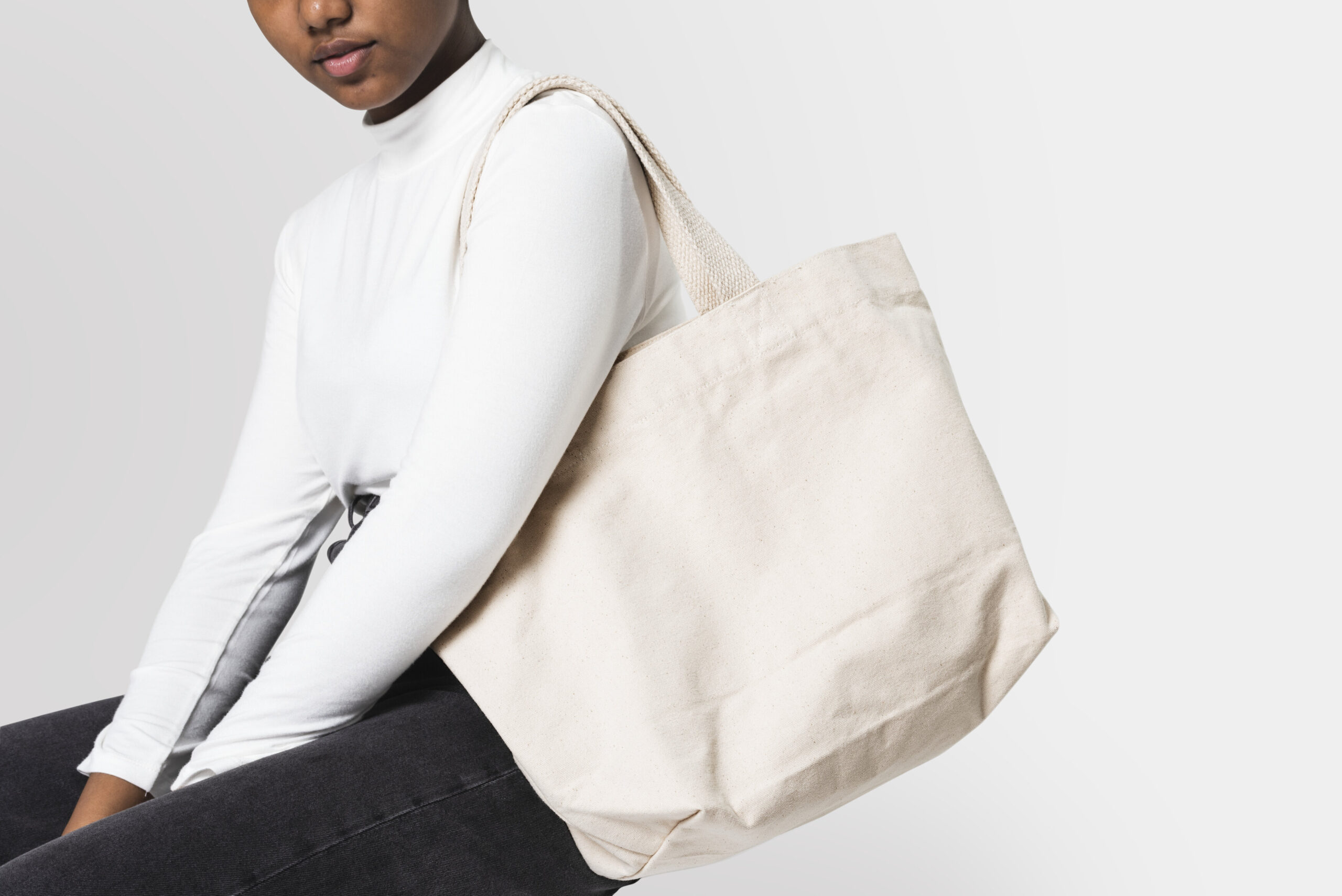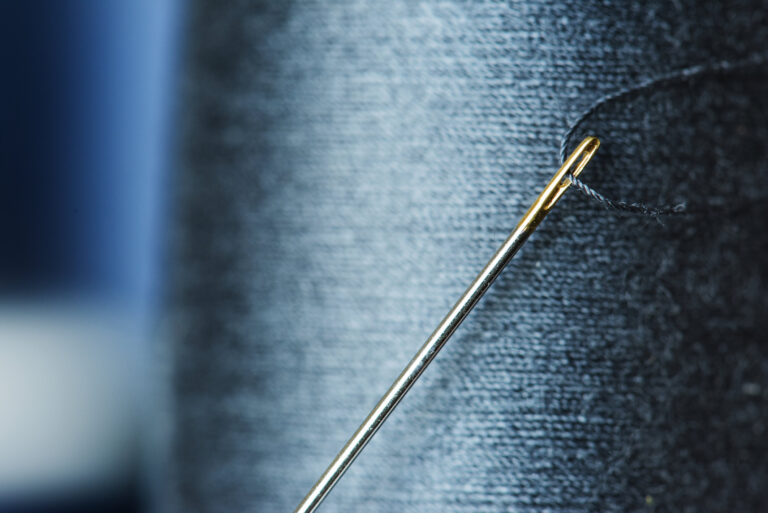How to Sew a Tote Bag Like a Pro: 5 Secrets to Professional-Quality Results
Tote bags are a functional accessory that can be used for a variety of purposes, from carrying groceries to running errands. However, not all tote bags are created equal.
In this article, we will explore how to sew a tote bag like a pro, the secrets to creating a professional-quality tote bag that will stand the test of time.
How to style a tote bag to match with your outfit
Tote bags are a versatile accessory that can elevate any outfit. When styling your tote bag, consider the color, pattern, and size of the bag and how it complements your outfit.
Also read: How to Make Your Own Jumpsuit Pattern Perfectly in 10 Simple Steps
For a casual look, pair a canvas tote bag with jeans and a t-shirt. A leather tote bag can add sophistication to a business outfit or a dress. When dressing up, choose a tote bag with metallic accents or a bold print.
Don’t be afraid to mix and match patterns and colors, but keep the overall look balanced. By choosing the right tote bag, you can add both function and fashion to your outfit.
How to Sew a Tote Bag Like a Pro
A well-crafted tote bag can make all the difference in terms of appearance, durability, and functionality, we have outlined how to sew a tote bag like a pro below:
1: Selecting Materials
The first secret to creating a professional-quality tote bag is selecting the right materials. This includes choosing the right fabric, thread, and interfacing.
The fabric should be durable and able to withstand daily wear and tear. Cotton canvas is a popular choice for tote bags because it is sturdy and easy to work with. However, other options like denim, twill, and upholstery fabric can also work well.
The thread you choose should match the color of your fabric and be strong enough to handle the weight of the contents of the bag. A heavy-duty polyester or cotton thread is a good choice.
Interfacing is a crucial element in creating a sturdy tote bag. It helps to give the bag structure and prevent it from sagging.
Fusible interfacing is easy to use and can be ironed onto the fabric. Medium weight interfacing is a good choice for tote bags.
2: Cutting and Preparing the Fabric
Once you have selected your materials, the next step is to prepare the fabric.
Before cutting the fabric, it is important to pre-wash it to avoid any shrinkage that may occur after the bag is constructed.
You can wash the fabric in cold water and tumble dry on low heat.
To remove wrinkles after washing, iron the material. Then, measure and cut the fabric according to the dimensions of your tote bag pattern. Use a rotary cutter and cutting mat for precise cuts.
Next, prepare the interfacing by cutting it to the same size as the fabric pieces. Follow the manufacturer’s instructions to fuse the interfacing onto the wrong side of the fabric.
3: Sewing Techniques
Now that the fabric and interfacing are prepared, it’s time to start sewing. Here are some techniques to keep in mind to create professional-looking seams and corners.
Pinning: Pinning the fabric pieces together before sewing helps to keep them in place and prevent shifting. Use sharp pins and place them perpendicular to the seam, making sure to avoid sewing over them.
Straight and Even Seams: Sewing straight and even seams is important to give the tote bag a polished appearance. Use a 5/8 inch seam allowance and sew with a straight stitch. To ensure even stitching, use a seam guide or mark the seam allowance with a fabric marker.
Neat and Tidy Corners: Creating neat and tidy corners is an essential element in making a professional-quality tote bag. Here’s how to do it:
- Fold the fabric at the corner so that the side seam and bottom seam align.
- Pin the fabric in place.
- Sew across the corner with a straight stitch.
- Trim the part of the fabric that is in excess to leave a 1/4 inch seam allowance.
- Turn the bag right side out, and use a pointed object like a chopstick to push out the corners.
Pressing: Pressing the seams and the bag as you sew is a crucial step in creating a polished look. Use an iron on the appropriate setting for your fabric and press the seams and bag as you sew. This will help to set the stitches and create a smooth, wrinkle-free finish.
4: Constructing the Tote Bag
Now that the individual pieces have been sewn together, it’s time to construct the tote bag. Here’s how to do it:
Sewing the Body of the Tote Bag: To sew the body of the tote bag, place the two pieces of fabric right sides together and sew along the sides and bottom using a 5/8 inch seam allowance. Make sure to reinforce the stitching at the beginning and end of the seam.
Creating and Attaching the Handles: To create the handles, cut two strips of fabric to the desired length and width. Fold them in half lengthwise and press with an iron.
Then, open the strips and fold each long edge towards the center crease and press again. Finally, fold the strip in half along the center crease and press once more. Sew the edges of the handle together, and then sew them onto the body of the tote bag.
Adding the Finishing Touches: To finish the tote bag, sew the lining to the outer fabric at the top edge of the bag. Then, turn the bag right side out and press the top edge to create a neat and tidy finish.
5: Additional Tips and Tricks
Topstitching: Topstitching is a technique that involves stitching over a finished seam to add strength and durability to the tote bag. To topstitch, sew a line of stitching 1/8 inch away from the seam on the right side of the fabric.
Choosing the Right Needle: Choosing the right needle for the job is important to prevent damage to the fabric and ensure even stitching. For most tote bag projects, a universal needle in size 14 or 16 is appropriate.
Using a Walking Foot: A walking foot is a sewing machine foot that helps to feed the fabric evenly through the machine. It can be especially helpful when working with thick or bulky fabrics like canvas.
Conclusion
Sewing a tote bag like a pro requires attention to detail and a few insider tips and tricks.
By selecting the right materials, cutting and preparing the fabric properly, using proper sewing techniques, constructing the tote bag correctly, and utilizing additional tips and tricks, you can create a professional-quality tote bag that is both functional and stylish.
With a little practice, you’ll be able to master the art of tote bag sewing and create beautiful and durable bags that will last for years to come.




